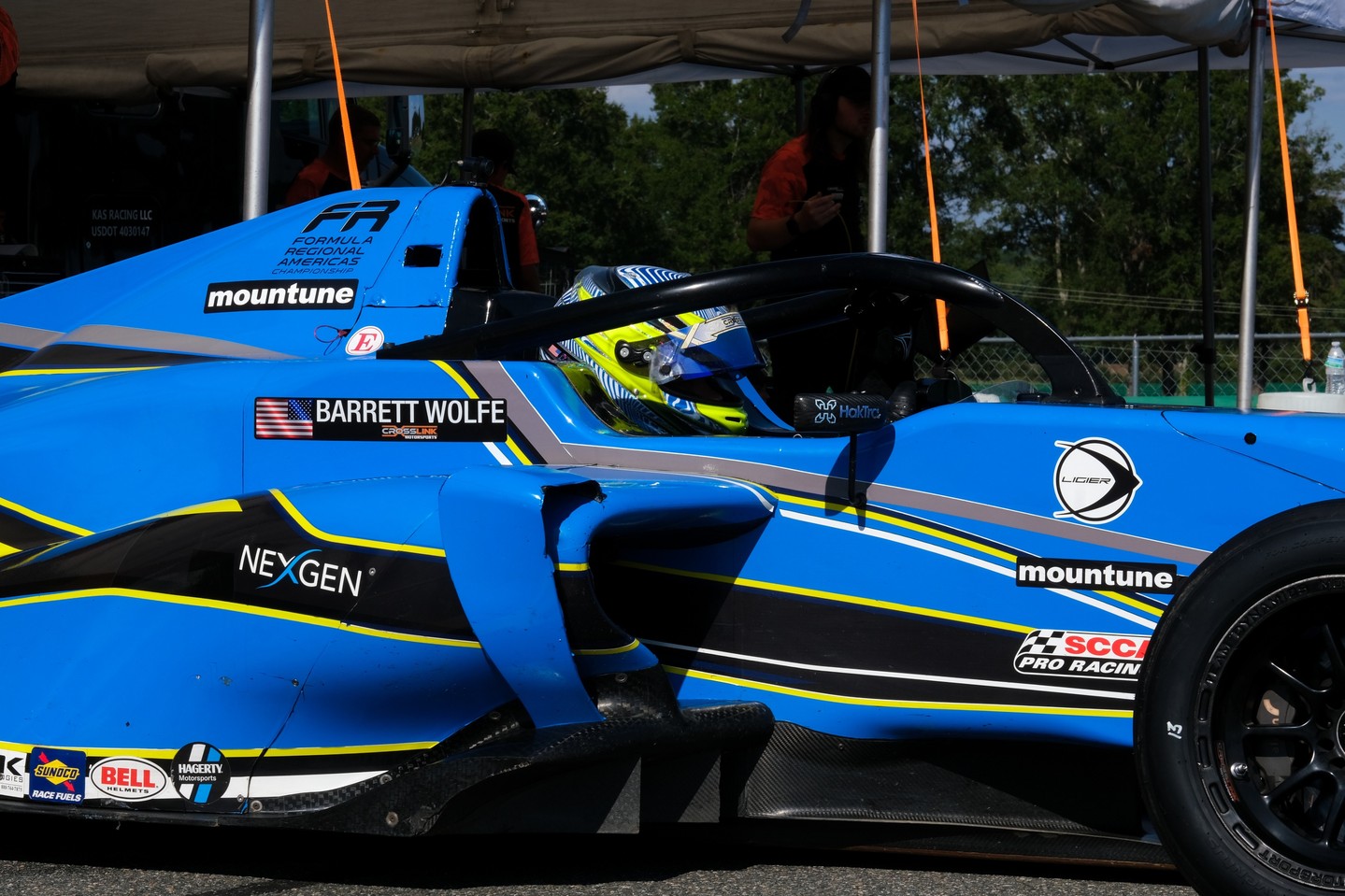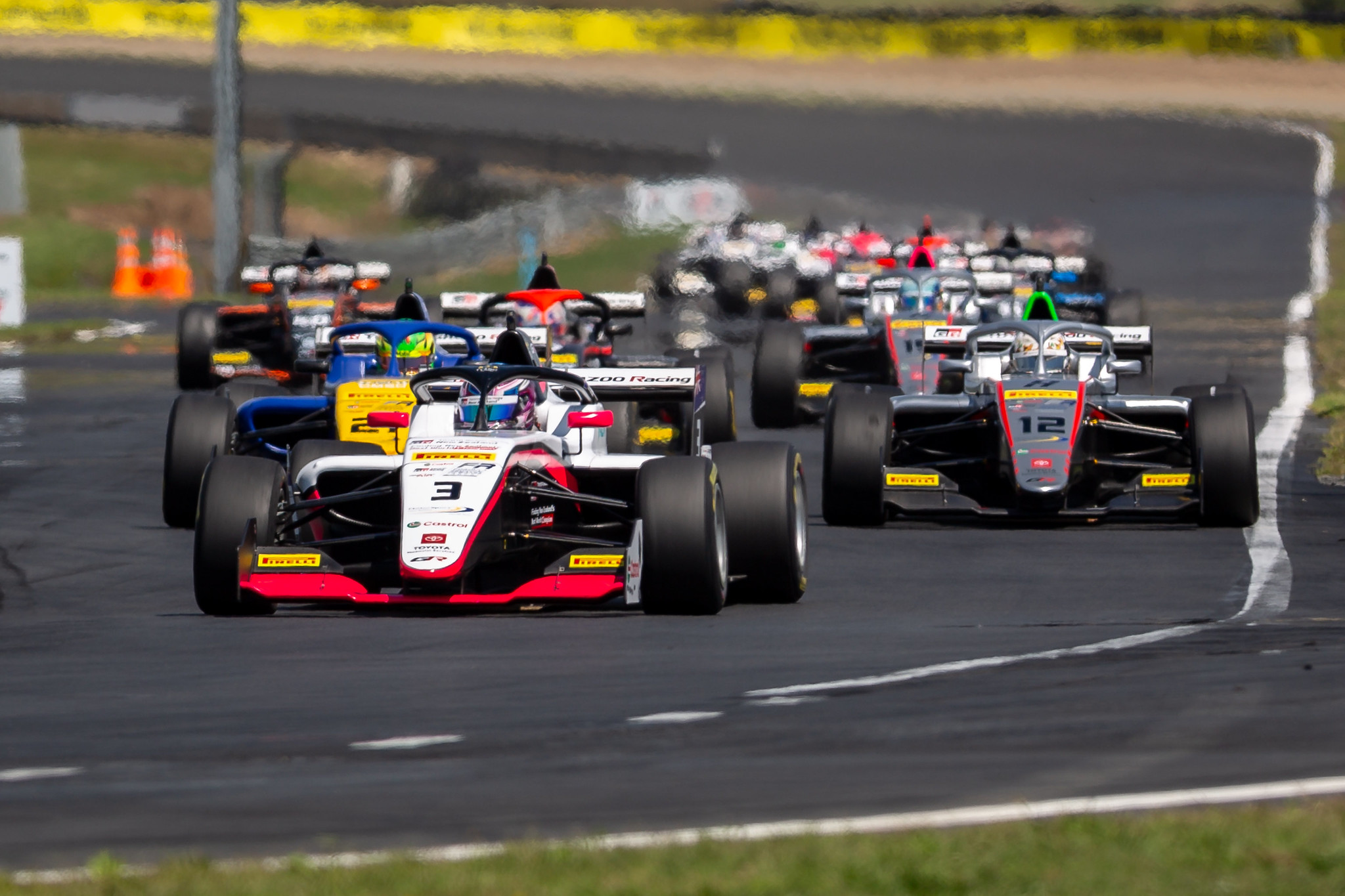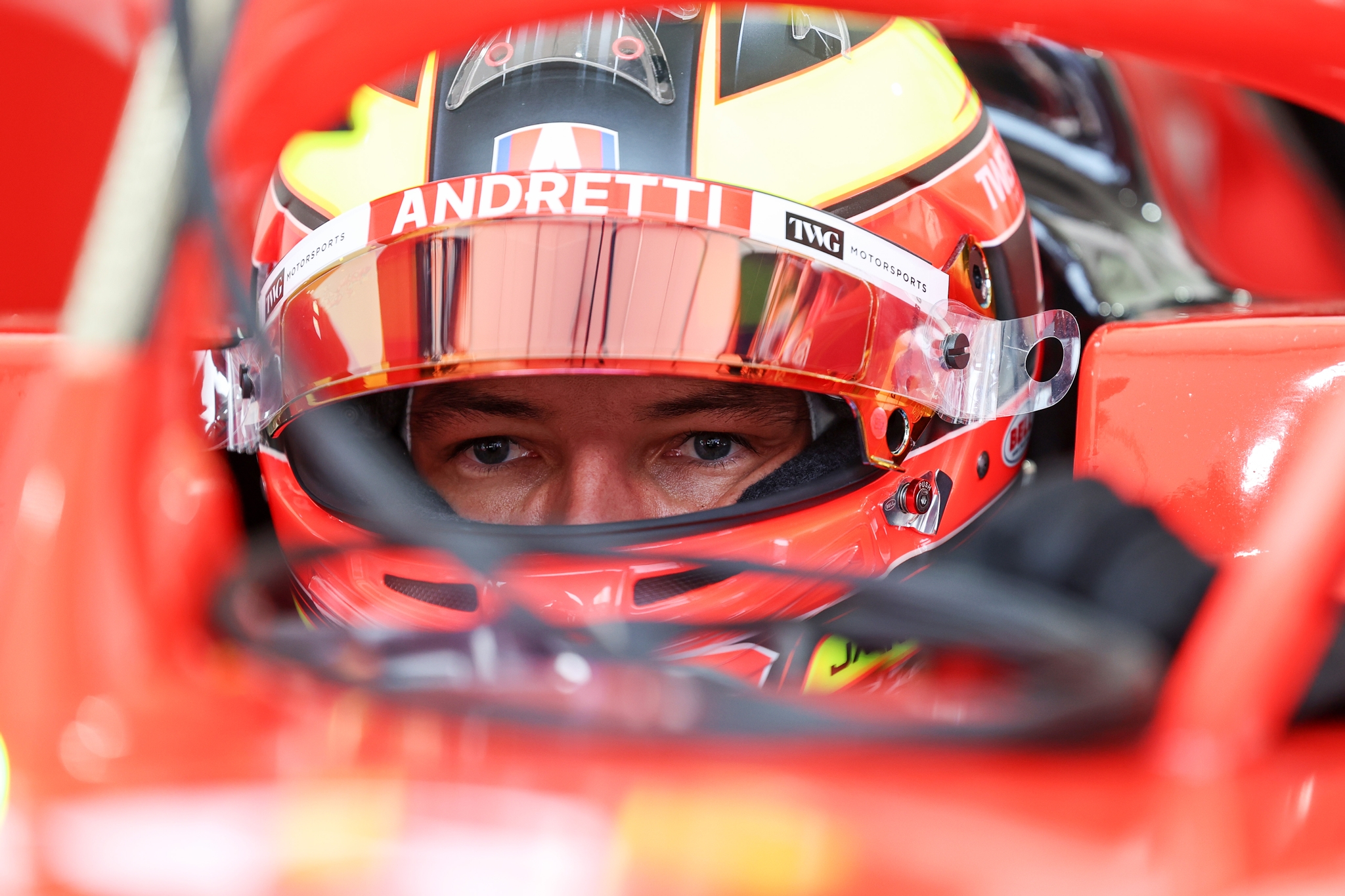The performance of Josep María “Pepe” Martí so far in the 2025 season of the FIA F2 Championship has him sitting comfortably in 7th place after a couple of podiums. With a Sprint race win and some valuable points in both Features and Sprints, Pepe Martí’s second season in F2 machinery is looking a lot better already.
Under the mentorship of the two-time F1 world champion, Fernando Alonso, the Spaniard talked about his experience in the Campos Racing car. Moreover, he shared important insights into his preferences and critical observations over the differences between series.
Martí prefers “straightforward” set-up
Every racing driver who has come so far has developed a sense for how they like their car to feel. This is the case for Pepe Martí as well, whose F2 2025 season set-up is focused on efficiency. Nonetheless, he spoke about the importance he finds in a “good front” in order to handle corners and turns:
“I mean, my set-up direction is quite straightforward. I like it when I have really good front in the mid corner, so it allows me to get the car rotated and to have the car pointed quite well for the exit, so the rear doesn’t have to do extra work.
“But at the same time, I also like having quite a stable rear at the entry phase, so you can be really precise and you can try to get the max out of the car and the tyre.”
Martí on the differences between F2 and F1 machinery
Furthermore, Martí highlighted the distinction between F2 and F1 cars. Despite his lack of experience in F1, the Spaniard noticed how the aerodynamics of a car can become quite challenging.
“I think the more aerodynamic you go, especially from F2 to F1 – I haven’t driven an F1 car, but I’ve seen it – it’s harder to drive. The more aero you have, the harder it is to drive, so the more front you have in the high speed, when the car goes, it goes a lot more.
“So, I reckon in the high speed you want to have a neutral, stable balance, but then in the lower categories, you can handle more oversteer, because the car is a bit lighter.”
More precision required in F2 than in F3
The Campos driver has been with this team ever since his F3 days. Therefore, Martí is experienced with both the team and the way they set up their cars. He even compared the two, making sure to point out the hardships that come with the series promotion in terms of drivability.
“In F3, you can play a bit more with the car. In F2, you have to be a lot more precise, and pinpoint where you are braking, how you are braking and your turning points, so I would say it’s a mix. You more or less get away with a similar balance, but still you probably want it at a lower magnitude.”
An “exit-focused” driving style
According to Martí, his F2 racing in the 2025 season is focused on precision in braking zones, especially in the exits. His consistency helps him keep a constant window open for improvements:
“I’m more naturally exit-focused in my braking, not extremely, but naturally exit-focused. So, I am quite a strong braker, a consistent braker in everything.
“I try to be as precise and stable as possible in my braking zones, so that you can change stuff or at least you know how to change things.
“By that I mean if you are a bit all over the place in the braking zones, or if you have a disparity in your braking points lap to lap, then it’s obviously harder to understand where you have to improve, so I try to be as precise as possible with my brake strength and my brake line.”
Braking not a skill developed in karts
Moreover, the Spaniard explained an often misunderstood correlation. From his point of view, the braking style in early racing series, such as F4 and F3, actively reflects the way drivers race further on in their career. Josep María Martí also believes karting did not teach him how to properly brake.
“I think braking is something you learn more from F4 and F3 than in karts. In go karts, you really just go to the limit of the locking, so that’s really what you learn, the feeling of when the kart is about to lock.
“For me, I really learned the most about braking in F4 and F3, probably F3, because you actually have to apply more brake pressure in F3 than in F2. You are a bit more on the limit, and you learn more about brake shapes, and how you need to apply each, and then in F2, you just keep that same style more or less.
“So, for example, Bahrain is a very stop-and-go track. They have low-speed corners, especially in the case of T1, and it’s followed by the second DRS zone, between T3 and T4, so then you really need a good exit.”
Efficient braking a developed skill
Furthering his explanation, Pepe Martí shared some more insights in the form of an example:
“So, you take T1 a bit different to other DRS zones. You aim to brake as efficiently as possible, as late as possible, then you can have the sharpest corner angle quite early on, and you go very deep into the corner, very aggressively, so the car is as well prepared for T2 as can be.
“But there is obviously a compromise as to how much entry speed you want to put into the car and how much track usage you want exiting T1. So, like everything, you win and you lose at some places.
“So if you want to go for a really good exit because your car is weak on traction, you prepare it a bit more so you can suffer less, but it’s the opposite for the other side. If you have really good traction, you will try to push the entry phase a bit more, so you can take advantage of the all-round capacity of the car.”
Martí on his mindset in the 2025 F2 season
With some F2 experience under his belt already, Josep María Martí grew to believe that the prep work before a race weekend can actively shape his wants in terms of setup. His time in the simulator can give him an idea of the way his racing style will need to adapt on different circuits:
“You usually have a very good idea of what you want ahead of the weekend because we have a lot of simulator driving, rather than on-track driving nowadays, so you have a pretty decent idea. So, for example, going into Turn 1 or Turn 3 in Australia, you have quite a good idea of what braking shape you want to have, how much entry speed you want to have, and what you want to focus on.
“But it is hard to change a lot of things during Free Practice. It’s a 45-minute session, so we don’t have times to do major set-up changes, such as roll bars, front wings. Front wings are quite quick but if you go into a lot of details, they are quite hard, so we try to stay with superficial stuff.
“You have a good idea of what you want, and you try to execute it as well as possible and then you keep on learning. You maybe start by giving yourself five or 10 metres of margin, and you slowly build up to it as the tyres get into a working window.
Martí draws from Hadjar’s influence
The Campos Racing driver is in his second season of F2. However, during his first year, he had the pleasure of teaming up with F1 rookie Isack Hadjar. This experience with Hadjar helped Pepe Martí learn a couple of things in terms of racing style. Nevertheless, the competitiveness of this 2024 pairing was only a motivator for Josep María Martí:
“I think you learn stuff weekend to weekend. For example, Isack was really strong in a particular corner phase, which I will not disclose for his performance in F1.
“He was really good, especially in one corner phase where he was a tiny inch above me. Across the year, I slowly learnt how he was doing it and what his baseline feeling was.
“In the end, to be quicker across that corner phase consistently, it’s just down to a feeling. I tried to incorporate the same techniques into my driving and slowly adjusted, and by the end of the year, I was quite competitive and close to him.”





